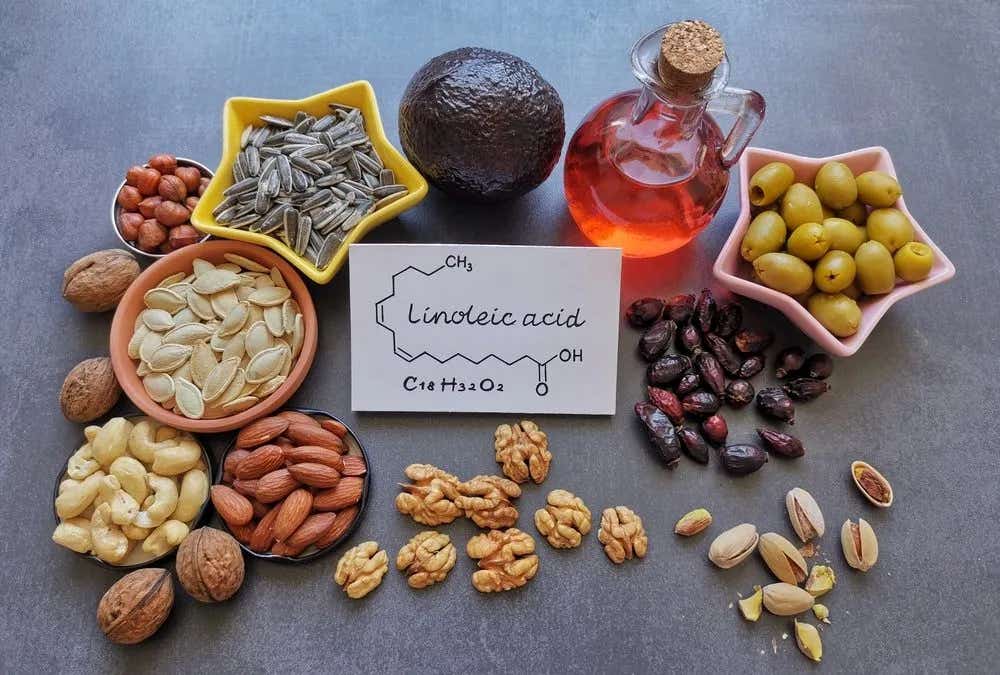Pace as important as 10,000 steps for health, new study finds
The message is that for protective health benefits people could not only ideally aim for 10,000 steps a day but also aim to walk faster.

[Sept 17, 2022: Ivy Shih, University of Sydney]
If evolutionary biologist Terence D. Capellini were to rank the body parts that make us quintessentially human, the pelvis would place close to the top. (CREDIT: Creative Commons)
The studies, published in leading journals JAMA Internal Medicine and JAMA Neurology, monitored 78, 500 adults with wearable trackers – making these the largest studies to objectively track step count in relation to health outcomes.
The researchers from the University of Sydney, Australia and University of Southern Denmark found lowered risk of dementia, heart disease, cancer and death are associated with achieving 10,000 steps a day. However, a faster stepping pace like a power walk showed benefits above and beyond the number of steps achieved.
“The take-home message here is that for protective health benefits people could not only ideally aim for 10,000 steps a day but also aim to walk faster,” said co-lead author Dr Matthew Ahmadi, Research Fellow at the University of Sydney's Charles Perkins Centre and Faculty of Medicine and Health.
‘For less active individuals, our study also demonstrates that as low as 3,800 steps a day can cut the risk of dementia by 25 percent,” said co-lead author Associate Professor Borja del Pozo Cruz from the University of Southern Denmark and senior researcher in health at the University of Cadiz.
Related News
Key points:
Every 2,000 steps lowered risk of premature death incrementally by 8 to 11 percent, up to approximately 10,000 steps a day.
Similar associations were seen for cardiovascular disease and cancer incidence.
A higher number of steps per day was associated with a lower risk of all-cause dementia
9,800 steps was the optimal dose linked to lower risk of dementia by 50 percent, however risk was reduced by 25 percent at as low as 3,800 steps a day
Stepping intensity or a faster pace showed beneficial associations for all outcomes (dementia, heart disease, cancer and death) over and above total daily steps.
“Step count is easily understood and widely used by the public to track activity levels thanks to the growing popularity of fitness trackers and apps, but rarely do people think about the pace of their steps,” said senior author Emmanuel Stamatakis, Professor of Physical Activity, Lifestyle and Population Health at the University of Sydney.
Hazard ratios and associated 95% CIs adjusted for age, sex, race, education, Townsend Deprivation Index, smoking, alcohol use, fruit and vegetable consumption, family history of cancer and CVD, medication use (cholesterol, insulin, hypertension), accelerometer-measured sleep, and wear accelerometer days. For incidental steps, models were further adjusted for purposeful steps (and vice versa). Dose-response associations were assessed with restricted cubic splines with knots at 10th, 50th, and 90th percentiles of the distribution of the exposure of interest. Darker colors in the lower bars represent a higher sample clustering. Shaded areas represent 95% CIs. CVD indicates cardiovascular disease; total steps/d, median number of steps per day across valid days; incidental steps, total daily steps at 1-39 steps/min; purposeful steps, total daily steps at ≥40 steps/min; peak 30-min cadence, average steps/min recorded for the 30 highest, but not necessarily consecutive, min/day. (CREDIT: JAMA Internal Medicine)
“Findings from these studies could inform the first formal step-based physical activity guidelines and help develop effective public health programs aimed at preventing chronic disease.”
How was the study conducted?
The study drew on data from UK Biobank to link up step count data from 78,500 UK adults aged 40 to 79 years with health outcomes 7 years on. Participants wore a wrist accelerometer to measure physical activity over a period of 7 days (minimum 3 days, including a weekend day and monitoring during sleep periods).
Hazard ratios and associated 95% CIs adjusted for age, sex, race, education, Townsend Deprivation Index, smoking, alcohol use, fruit and vegetable consumption, family history of cancer and CVD, medication use (cholesterol, insulin, hypertension), accelerometer-measured sleep, and wear accelerometer days. For incidental steps, models were further adjusted for purposeful steps (and vice versa). Dose-response associations were assessed with restricted cubic splines with knots at 10th, 50th, and 90th percentiles of the distribution of the exposure of interest. Darker colors in the lower bars represent a higher sample clustering. Shaded areas represent 95% CIs. CVD indicates cardiovascular disease; total steps/d, median number of steps per day across valid days; incidental steps, total daily steps at 1-39 steps/min; purposeful steps, total daily steps at ≥40 steps/min; peak 30-min cadence, average steps/min recorded for the 30 highest, but not necessarily consecutive, min/day. (CREDIT: JAMA Internal Medicine)
With ethics consent, this information was linked with participants’ health records through several data sources and registries including inpatient hospital, primary care records, and cancer and death registries.
Only those who were free of cardiovascular disease, cancer or dementia at baseline and disease-free in the first two years of the study were included in the final assessment. Statistical adjustments were also made for confounders, such as the fact that people who do more steps generally walk faster.
Hazard ratios and associated 95% CIs adjusted for age, sex, race, education, Townsend Deprivation Index, smoking, alcohol use, fruit and vegetable consumption, family history of cancer and CVD, medication use (cholesterol, insulin, hypertension), accelerometer-measured sleep, and wear accelerometer days. For incidental steps, models were further adjusted for purposeful steps (and vice versa). Dose-response associations were assessed with restricted cubic splines with knots at 10th, 50th, and 90th percentiles of the distribution of the exposure of interest. Darker colors in the lower bars represent a higher sample clustering. Shaded areas represent 95% CIs. CVD indicates cardiovascular disease; total steps/d, median number of steps per day across valid days; incidental steps, total daily steps at 1-39 steps/min; purposeful steps, total daily steps at ≥40 steps/min; peak 30-min cadence, average steps/min recorded for the 30 highest, but not necessarily consecutive, min/day.(CREDIT: JAMA Internal Medicine)
The researchers note that the studies are observational, meaning they cannot show direct cause and effect, however, note the strong and consistent associations seen across both studies at the population level.
“The size and scope of these studies using wrist-worn trackers makes it the most robust evidence to date suggesting that 10,000 steps a day is the sweet spot for health benefits and walking faster is associated with additional benefits,” said Dr Matthew Ahmadi.
“Going forward more research with longer-term use of trackers will shed more light on the health benefits associated with certain levels and intensity of daily stepping.”
For more science and technology stories check out our New Discoveries section at The Brighter Side of News.
Note: Materials provided above by University of Sydney. Content may be edited for style and length.
Like these kind of feel good stories? Get the Brighter Side of News' newsletter.
Joseph Shavit
Head Science News Writer | Communicating Innovation & Discovery
Based in Los Angeles, Joseph Shavit is an accomplished science journalist, head science news writer and co-founder at The Brighter Side of News, where he translates cutting-edge discoveries into compelling stories for a broad audience. With a strong background spanning science, business, product management, media leadership, and entrepreneurship, Joseph brings a unique perspective to science communication. His expertise allows him to uncover the intersection of technological advancements and market potential, shedding light on how groundbreaking research evolves into transformative products and industries.



